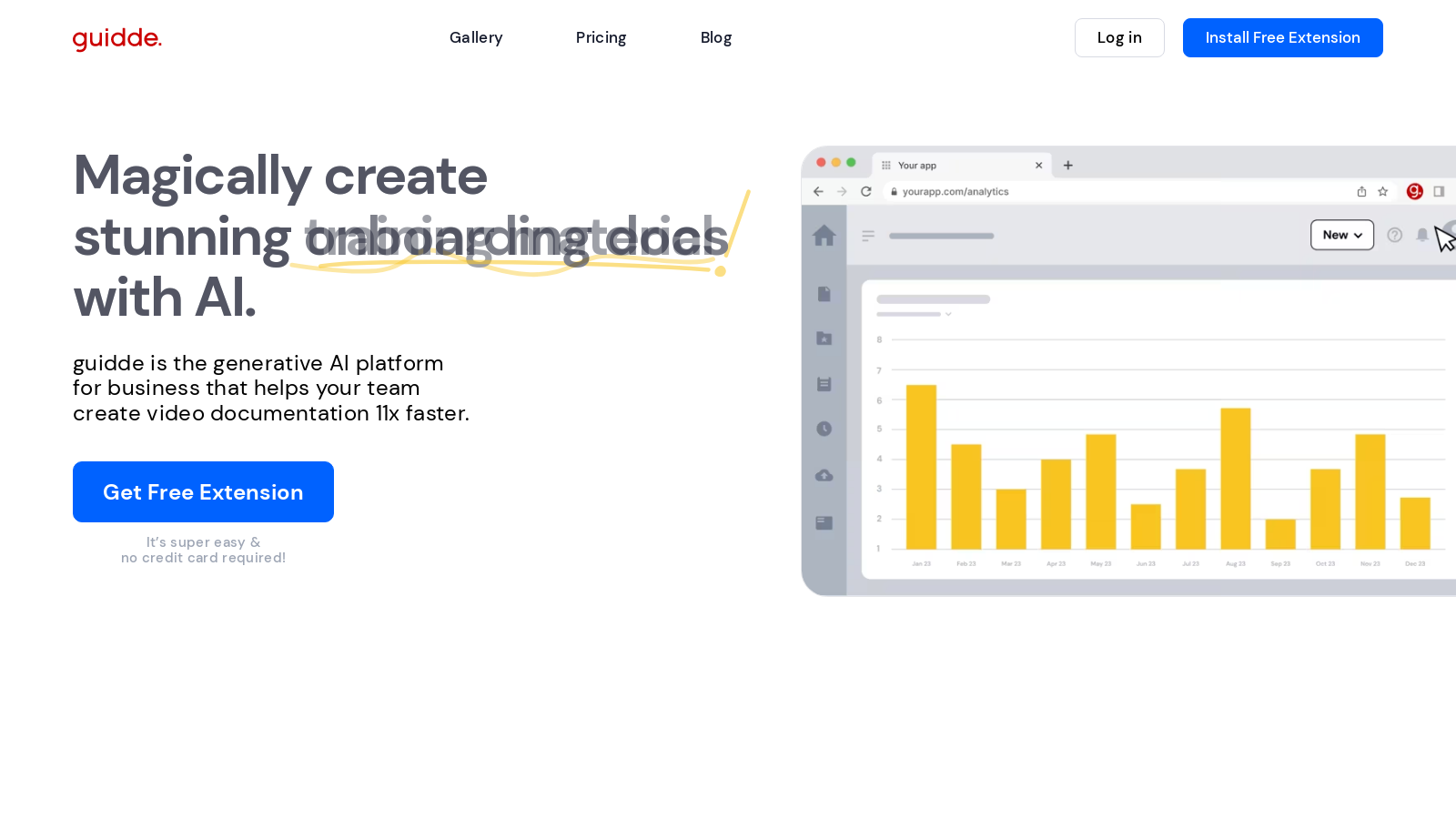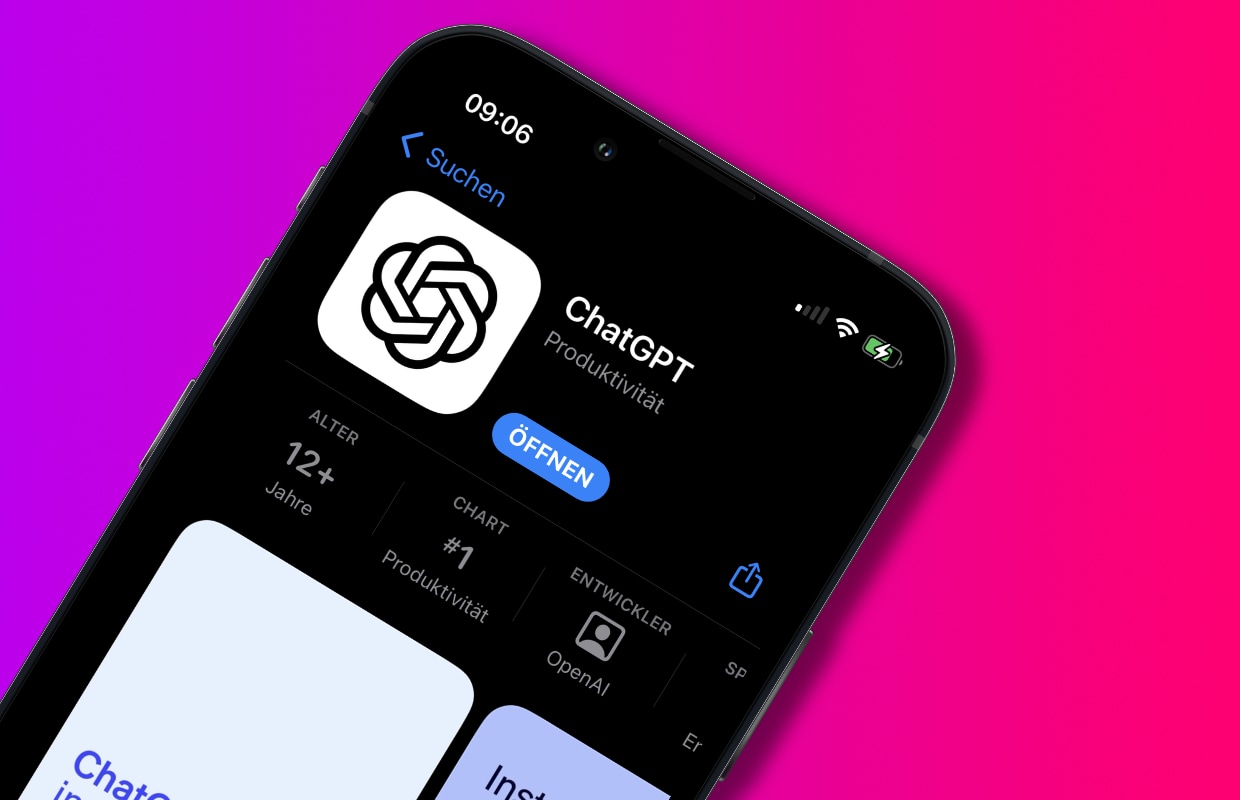At Gigasheet, we are dedicated to providing our users with product capabilities that truly matter. While many companies have been caught up in the AI hype, we believe in delivering tangible value to our customers. Through strategic planning, focused development, and careful measurement, we have successfully achieved a 10x better return on engineering effort with AI.
Key Takeaway
By aligning our AI capabilities with the core principles of our product and ensuring that it meets the needs of our users, we were able to achieve a remarkable 5% adoption rate in just the first week of launch.
The Pitfall of Hype
In the tech industry, it’s easy to get carried away with integrating the latest technologies without a clear strategy. After the buzz surrounding OpenAI’s generative pretrained transformer (GPT) models, we too fell into the trap. We were determined to incorporate large language model (LLM) AI technology into our product, but we lacked a clear vision for its implementation.
Our initial attempt at integrating AI was a small summarization feature that utilized GPT to write short descriptions for each uploaded file. While it made for interesting marketing content, it had little impact on our users’ experience. Our key metrics revealed a mere 0.5% adoption rate among returning users, with no improvement in user activation or signups.
Upon reflection, we realized that this feature failed to provide meaningful value to our users. Our product’s core proposition revolves around big data analysis and deriving insights from data. Describing uploaded files in a few sentences did not contribute to this core value. In our haste to showcase an AI-driven feature, we overlooked the importance of delivering real value to our users.
Success with AI as an Agent
Determined to enhance our user experience, we decided to take a different approach. We adopted the principle of “AI as agent,” allowing our users to interact with data in our product using natural language. This principle can be applied to any software product built on API calls.
After reassessing our AI capabilities, we organized a hackathon where our software engineers came together to develop an AI agent that acts on behalf of the user. This agent utilizes our product by making API calls to the same endpoints as our web front end does. By engaging in a natural language conversation with the user, the agent constructs API calls tailored to fulfill the user’s requests. The actions of the agent are then reflected in our web user interface, as if the user had performed the actions themselves.
Implementing this AI agent was a game-changer. It enabled our users to seamlessly interact with our product and empowered them to derive greater insights from their data. The result was a revolutionary AI capability that skyrocketed to an impressive 5% adoption rate within the first week of its launch.
Our experience serves as a valuable lesson for startups and tech companies alike. It’s crucial to prioritize delivering real value to users over simply integrating the latest technologies. By aligning AI capabilities with the core principles of your product, you can achieve remarkable success and provide meaningful experiences for your users.
























